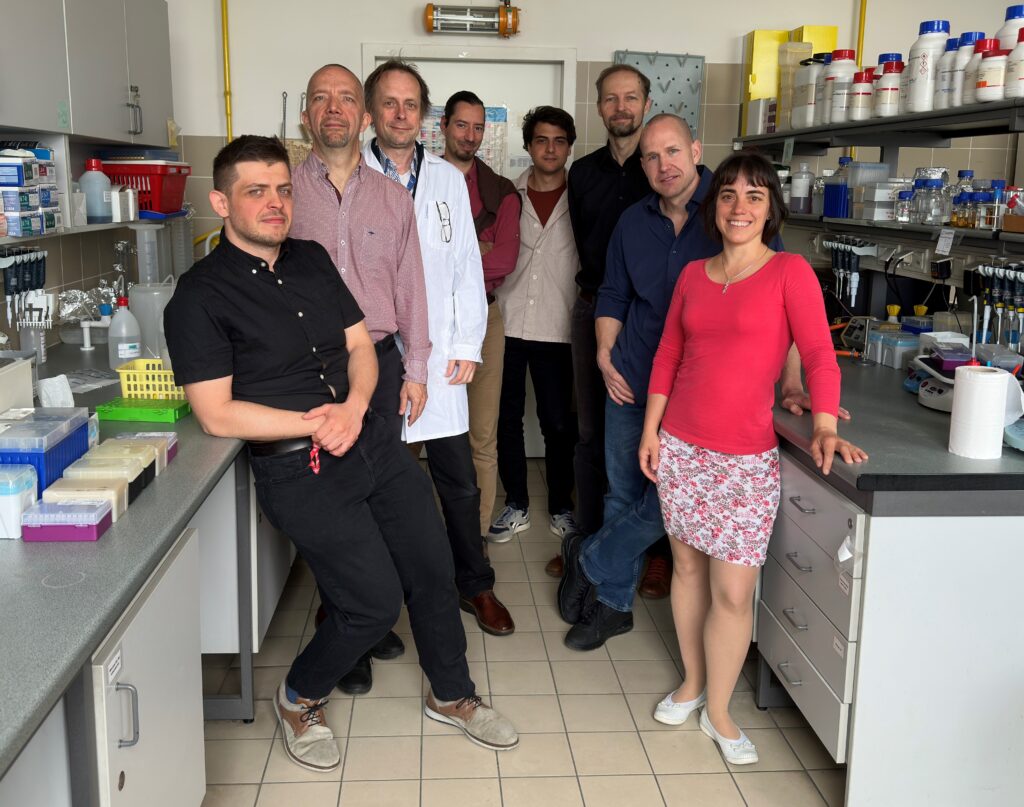Name of research leader: Mihály Kovács
Professor, Head of Department of Biochemistry, Program Leader, Structural Biochemistry Doctoral Program, Doctoral School of Biology, Institute of Biology, Faculty of Natural Sciences, Eötvös Loránd University (ELTE)

Támogatás összege
34 000 000 Ft
Brief description of the research
Our Motor Pharmacology Research Group explores new aspects and phenomena of the functioning and inhibition of motor enzyme systems that drive and regulate cell division, muscle contraction, tissue regeneration, stress response and homeostatic processes, with direct implications for biomedical application.
Inhibitors developed using our new pharmacological approach, which act directly on myosins, are able to induce tissue regeneration processes without the side effects characteristic of substances acting on upstream signaling components. We have also achieved unique progress in the development of the MPH-220 first-in-class drug candidate, which acts directly on skeletal myosin and is able to selectively inhibit this myosin isoform, free of cardiovascular side effects. MPH-220 is a pioneering solution for the treatment of muscle spasms and stiffness that occur during or after stroke and many other diseases affecting the nervous and musculoskeletal systems
Downloads
In order for motor enzymes to be useful drug targets in future developments, the cellular regulatory mechanisms of these protein systems must be deciphered. We achieve this goal by using the cutting-edge biophysical, microscopic, cellular and animal model arsenal that we developed in the past decade. The fundamental role of cellular regulatory systems is also reflected in our discoveries that reveal the dynamic condensation of helicase and single-stranded DNA-binding protein motor enzyme systems within cells, which proved to be a central mechanism of cellular stress response.
Maintaining Cellular Functions
Fine-tuning of motor enzyme activities is necessary to maintain healthy cellular functions. In these activities, even small deviations can lead to severe malfunction and serious diseases. The exploration of cellular stress response and homeostatic mechanisms is therefore indispensable for the future utilization of motor enzyme inhibitors. By exploring the cellular regulation of cytoskeletal and nucleoprotein motor enzymes, we are laying the foundation for the development of first-in-class therapeutic agents with fundamentally new mechanisms targeting motor enzymes.




